The unpredictability of earthquakes, or any natural disaster, exists in the present as it did in the past.
Medical professionals vaccinated more than 2.3 billion people, 30% of the world's population. It continues to rise. However, even in the presence of positive news, disasters continue to hit the world. As well as the Taliban's hostile takeover of Afghanistan, a natural disaster struck Haiti. Society is trying to rebuild itself among the ruling gangs and political assassination.
Unfortunately, Haiti experienced more than one natural disaster. It is in an area prone to earthquakes due to its geographical position. As evidenced by history and science, there is no possible way to prevent an earthquake. Preparation is key, especially for more vulnerable areas. Through the most devastating earthquakes are preparations and help to help local communities endure.
Yet science cannot predict the needs required in retrospect, seen in the most catastrophic natural disasters in history.
Geography Basics
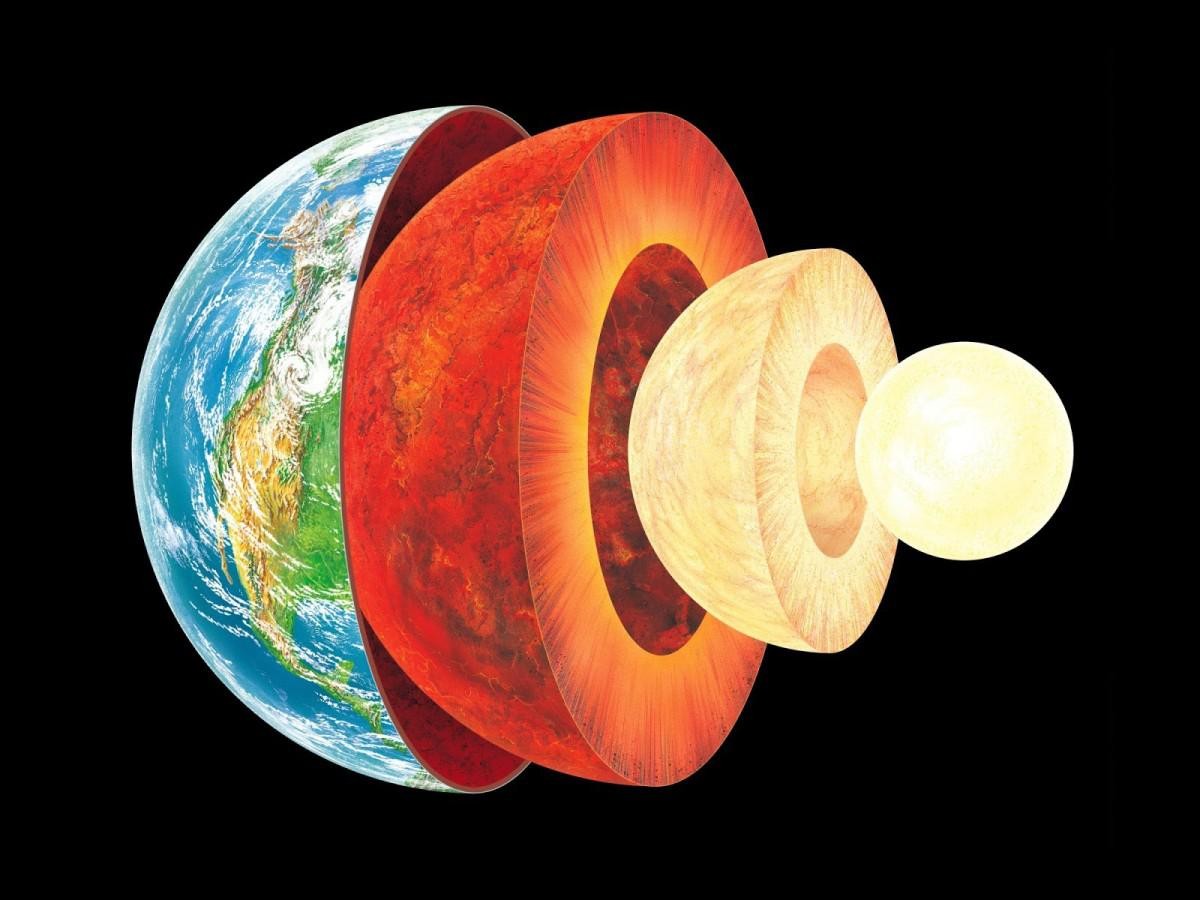
The Earth has four layers.
First, a solid inner core made of a combination of iron and nickel.
Second, a molten core of liquid iron and metal.
Third, the mantle. Thick and mostly solid, this layer contains compounds with a silicon and oxygen atom structure and magnesium oxide.
Fourth, Earther crust. However, this is not a continuous surface. Tectonic plates, solid and irregularly shaped plates of solid stone, make up the crust. The boundaries between the tectonic plates or cracks in the plates are incorrect.
Earthquake
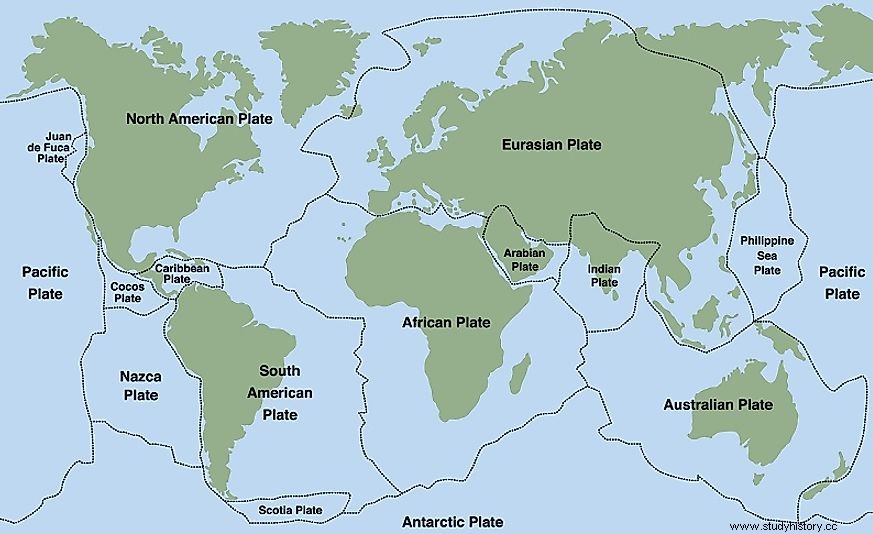
Tectonic plates are constantly moving.
The edges of the plates slide against each other in fault zones, one above and the other below. Friction slows them down. However, the pressure builds up over a longer period. Soon the force of motion overcomes the friction.
Parts of the crust behind fracture or displacement. The attenuated pressure results in the release of seismic waves. Seismic waves carry the energy for vigorous shaking in different directions. Therefore, a tectonic earthquake erupts.
Some areas are more exposed than others, and sit along the edge of oceanic and continental plates.
Energy waves of an earthquake
Three types of energy waves occur during and after an earthquake.
First "P -waves" or "Primary Waves". The compressed waves that were first detected push and pull and move through rocks and liquids.
Then "S -waves" or "Secondary waves". The next waves move through rocks, up and down, side by side, at different angles where the wave moves.
After the P and S waves come the surface waves. They move along the earth's surface and cause the most damage. These waves come in two forms:
- Love waves:faster waves that move the ground side by side.
- Rayleigh waves:the undulating waves on the surface of oceans and lakes.
Finally, the aftershock. These minor earthquakes occur after the greater shock of the earthquakes. They can continue for weeks, months or years.
Earthquake Size
On the Richter scale, the magnitude shows the energy released from the earthquake. The severity of the earthquake corresponds to the amount of seismic energy released.
Less than 3.5 - the seismograph detects the earthquake, with tremors that are barely noticeable.
Between 3.5 and 4.5 - an earthquake, often felt, rarely causes damage.
Under 6.0-there is minor damage to well-designed buildings and major damage to poorly constructed buildings in the surrounding areas.
Between 6.1 and 6.9 - major damage to poorly constructed buildings and other structures in areas 60 kilometers above where people live.
7.0 to 7.9 - known as a 'major earthquake', there is severe damage over large areas.
8.0 to 8.9 - known as a 'major earthquake', there is serious damage along with loss of life.
9.0 and later - a rare large earthquake, there is major damage over a large area within 600 1 km.
Shaanxi, China - Jiajing Earthquake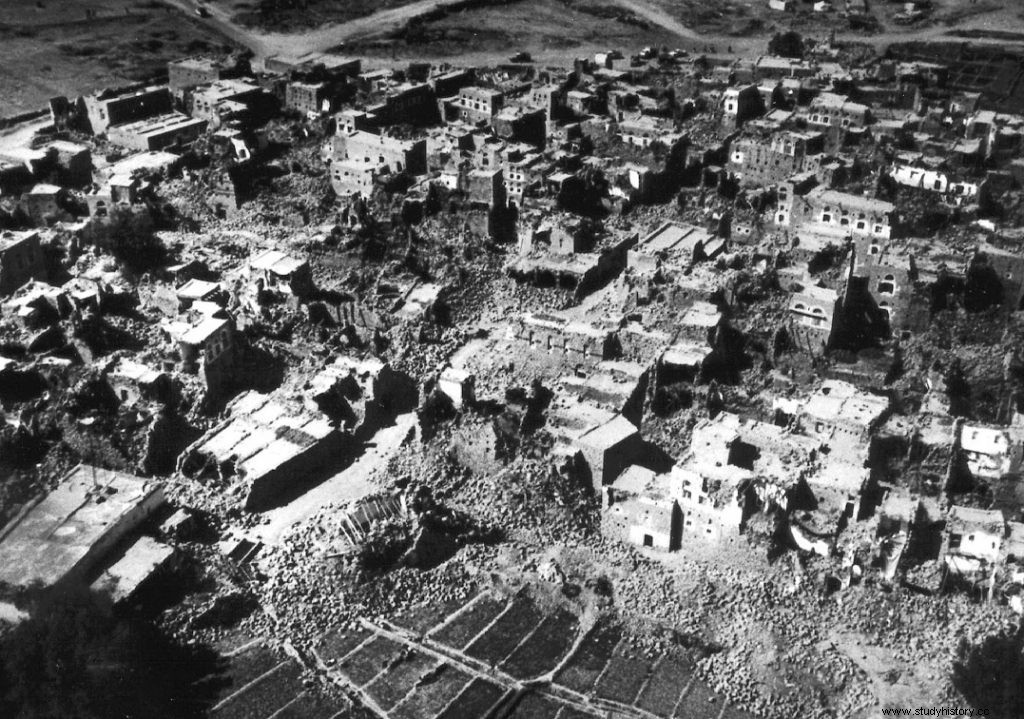
On January 23, 1556, the deadliest natural disaster ever came under the rule of the Jiajing emperor.
With a size between 8.0 and 8.3, it resulted in an estimated 830,000 deaths. Although not the largest size recorded, it is known to be the deadliest due to the number of deaths. This is the highest number ever recorded due to an earthquake.
What contributed to the high number of deaths is the epicenter of the earthquake. It hit the center of a densely populated area, where poorly constructed homes and buildings lived. In addition, most people lived in yaodongs, house caves on the Loess Plateau.
Loem is loose soil deposited on the plateau for thousands of years from the Gobi Desert. In addition to being exposed to erosion, the loop is exposed to wind and water forces.
The earthquake leveled mountains, changed river roads and caused floods and landslides, along with fires that lasted for several days.
Every home and building was destroyed.
In total, it killed 60% of the population in Shaanxi Province, injuring the remaining 40% and leaving them homeless.
Nevertheless, this natural disaster inspired me to look for the causes of earthquakes and the best ways to reduce the damage.
Tangshan, China - The Great Tangshan Earthquake
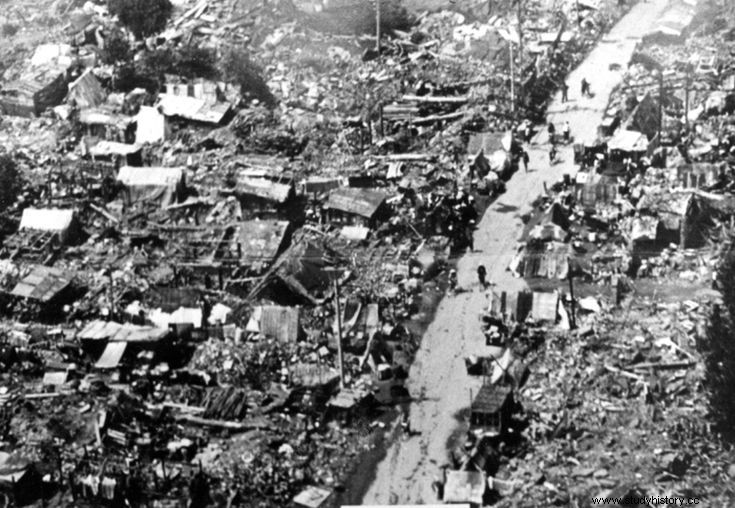
On July 28, 1976, the great Tangshan earthquake struck
Initially, the natural disaster was estimated at 8.1 on the Richter scale, and then calculated at 7.6.
It hit a Chinese industrial city with a population of about one million. Records show a total of 242,419 deaths in Tanghsan and the surrounding areas. The time of the earthquake contributed. 03:42 Many were still in their beds, in their homes, unaware of the disaster. They did not have time to hide.
The awake sought cover under a table or heavy furniture. They crawled out of their ruined houses, some naked and covered in blood, and saw that the city was leveled. After overcoming the first shock, they began searching the rubble for their loved ones.
Days before the earthquake, people noticed strange events:
- The well water level rose and fell.
- Prices, mice and yellow weasels ran in panic, searching for places to hide.
- Chickens refused to eat, but ran around chirping anxiously.
On the evening of July 27 and the early morning of July 28, people reported colored lights flashing in the sky, as well as seeing roaring fireballs and hearing loud noises.
The earthquake lasted for 23 seconds and leveled 90% of the buildings, resulting in close to a quarter of the population's deaths, with 160,000 injured. Fires started, igniting explosives and toxic gases from factories.
The Chinese government was not well prepared to deal with a natural disaster at this level. The buildings were not built to withstand an earthquake of this magnitude.
Nevertheless, this disaster helped to improve the predictability of an earthquake's capabilities. In addition, medical support for major and major disasters was in force.
In addition, research is underway on animal behavior in the face of natural disasters.
Aleppo, Syria - The earthquake in Aleppo

Aleppo is located on the Dead Sea Fault, which lies between the Arab and African tectonic plates. Therefore, it is vulnerable to seismic activity.
October 11, 1138, an earthquake caused 230,000 deaths.
During a small earthquake, most of the population fled to the countryside. Unfortunately, many died there during the main earthquake the next day. Those who remained in the city increased the number of major deaths.
The walls of a powerful citadel fell due to the tremors and caused extensive damage. The houses below collapsed in the city.
Furthermore, beyond Aleppo, the earthquake spread throughout northern Syria. In the city of Harem the quakes shook the walls of the castle and destroyed it. The local church fell on itself.
The Muslim fort of the Atharib citadel collapsed, killing 600 of its battalion.
In the 15s, the death toll from the disasters of November 1137, October 1138 and September 1139 amounted to 230,000. Aleppo's official numbers are still unknown.
Sumatra, Indonesia - Indian Ocean Earthquake and Tsunami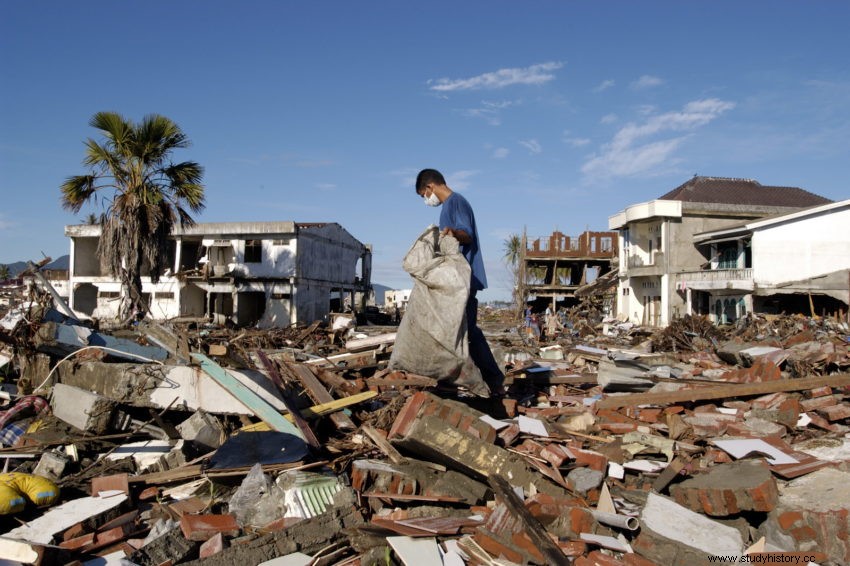
On December 26, 2004, a magnitude 9.1 earthquake shook the west coast of Sumatra at 7:59 a.m. A tsunami followed.
Sumatra is near the border with the Indian and Australian tectonic plates, while other islands in Indonesia and Thailand are on the Eurasian plate.
The oceanic plates have the biggest flaws, which is one of the plates Sumatra is on. In this case, Sumatra's earthquake was the result of a megatrust fault, with heavy oceanic plates moving under lighter continental plates.
Within hours, there were 230,000 deaths.
After the earthquake, a 100 foot (30 meter) water mountain flooded the city. The enormous pressure destroyed buildings, with trees and cars swept away in the murky rapids. Those caught in the flood did not survive.
Unfortunately, this natural disaster was far from over.
Thailand
Across the Indian Ocean, tsunamis hit Phang Nga and Phuket an hour and a half later. People were not aware of the catastrophe that awaited. Confused by the large amounts of water retreating into the ocean, they saw it return as a large wall of water.
It resulted in 5,400 deaths.
Chennai, India
An hour later, at the opposite end of the Indian Ocean, the tsunami hit Chennai. The debris-filled water pushed into the country and killed 10,000 people.
Sri Lanka
The tsunami swept away 30,000 people, leaving hundreds of thousands homeless.
South Africa
The last victims died eight hours later in South Africa. Mountains with junk waves caught swimmers, who were not aware of the danger as well.
The devastation continued months later, following the aftershocks in Indonesia.
Haiti - 2010

The Haitian capital lies on a fault line between the North American and Caribbean tectonic plates.
January 12, 2010, the fifth devastating earthquake hit Haiti after 1751, 1770, 1842 and 1946. Although predictions warned that this could happen again, the disaster made for serious emergency services and infrastructure.
At 5 o'clock, Haiti had an earthquake of 00 on the Richter scale.
The capital's hospitals, medical facilities for foreign aid, airports and ports could no longer be used due to their damaged condition.
The quake damaged or destroyed 300,000 homes. 1.6 million people were without shelter, most of them living in tents.
In addition to homelessness, the Haitians faced a cholera outbreak, which resulted in several lives being taken.
Haiyuan, China - Gansu Earthquake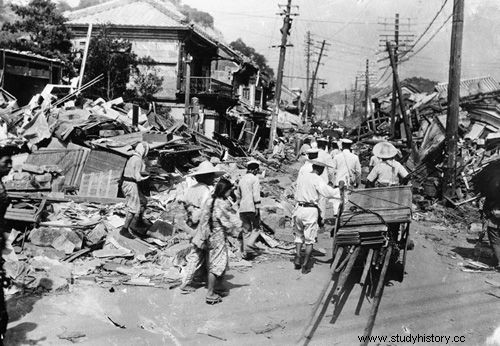
On December 16, 1920, the Haiyuan District experienced the world's second deadliest earthquake of the 1920s.
The devastation caused 200,000 deaths.
However, the political and humanitarian crises overshadowed the disaster, as well as its remote location. Little is known about the natural disaster.
In a study from 2010, the death toll reached exactly 273,000.
In the surrounding rural areas, the earthquake destroyed villages and homes, in addition to triggering 675 major landslides. Rivers either changed course or dammed to form lakes.
Three tectonic plates, the Pacific plate, the Indian plate and the Philippine plate, surround China. Their fracture zones develop well, which leads to enormous amounts of pressure that builds up. In addition, mountains and plains make up 69% of China's territory. Hence China's vulnerability to natural disasters. Often a natural disaster triggers another.
Kanto, Japan-Yokohama Earthquake

The Great Kanto earthquake occurred on September 1, 1923 and reached between 7.9 and 8.4 on the Richter scale. Considered one of the worst natural disasters to hit Japan, it lasted between four and ten minutes.
Followed by a tsunami with high waves and landslides, thousands of people who were swept away contributed to 140,000 deaths. "Dragon Twist", a large fire support, increased 44,000 deaths to the total. They were people who sought refuge near the Tokyo Sumida River in the first hours after the earthquake.
The fires started at noon, around the time of the earthquake. Preparations for lunches began all over the city. As a result, this brought an inferno from thousands of kitchen cookers. The contemporary typhoons off the coast drove the guys with the gusts of wind.
60 aftershocks followed in the following weeks, with two million people homeless.
Haiti - 2021

On August 14, 2021, early in the morning, a sixth devastating disaster struck Haiti. At 7.2 on the Richter scale, hospitals, schools and homes collapsed. UNICEF estimates that the disaster affected 1.2 million people and killed hundreds. Furthermore, there are still differences between children and their families.
It reached a death toll of 2,2000 people, 12,200 injured and 130,000 homes destroyed. Work continues to prevent further losses.
Although the damage is similar to the 2010 disasters, it is on a smaller scale due to rural areas and the small population at the epicenter of the earthquake.
Research teams on the ground monitor the aftershocks and gather information between 2.5 and 5.8.
Not only did they suffer from the earthquake, but a massive cluster of thunderstorms, known as the Tropical Depression Grace, was aimed directly at the Haitians. With several homes lost, people squeezed under tarpaulins or tried to find shelter. In addition to extensive flooding on the streets, Tropical Depression Grace triggered hundreds of landslides.
The significance of the past to the present

For three billion years, the motion of tectonic plates remained constant. Therefore, the Earth has a record of three billion years of natural disasters.
However, the study of restored records brought the knowledge of earthquakes to researchers. Researchers studied records of destroyed buildings and tremors felt at different distances. In addition, they discovered the most crucial factor for an earthquake:the epicenter. Knowing the epicenter allowed them to calculate the damage and losses. The past shows the areas that are most exposed to earthquakes. This improves the proper preparation for societies in need, and learns from each disaster about the necessities needed.
All in all, the past provided information on natural disasters, unknowingly providing the future with key elements to search for. This applies to every bit of the story, and helps to improve the future.
UNICEF is currently helping communities in Haiti that are suffering in the wake of the recent earthquake. Even a month after the disaster, humanitarian aid is still needed. Along with the Red Cross and World Food Program, donations are needed to help people in great need of help.
Even with all this information, no scientist can predict an earthquake. Preparation is the key for all communities in the event of natural disasters. It may seem almost impossible to rebuild what was lost with nothing, but it can be done.
"It always seems impossible before it's done."
- Nelson Mandela.
